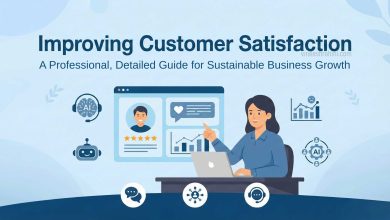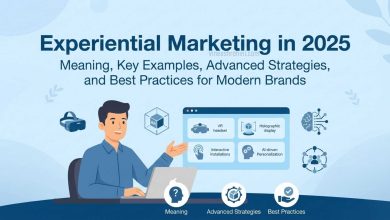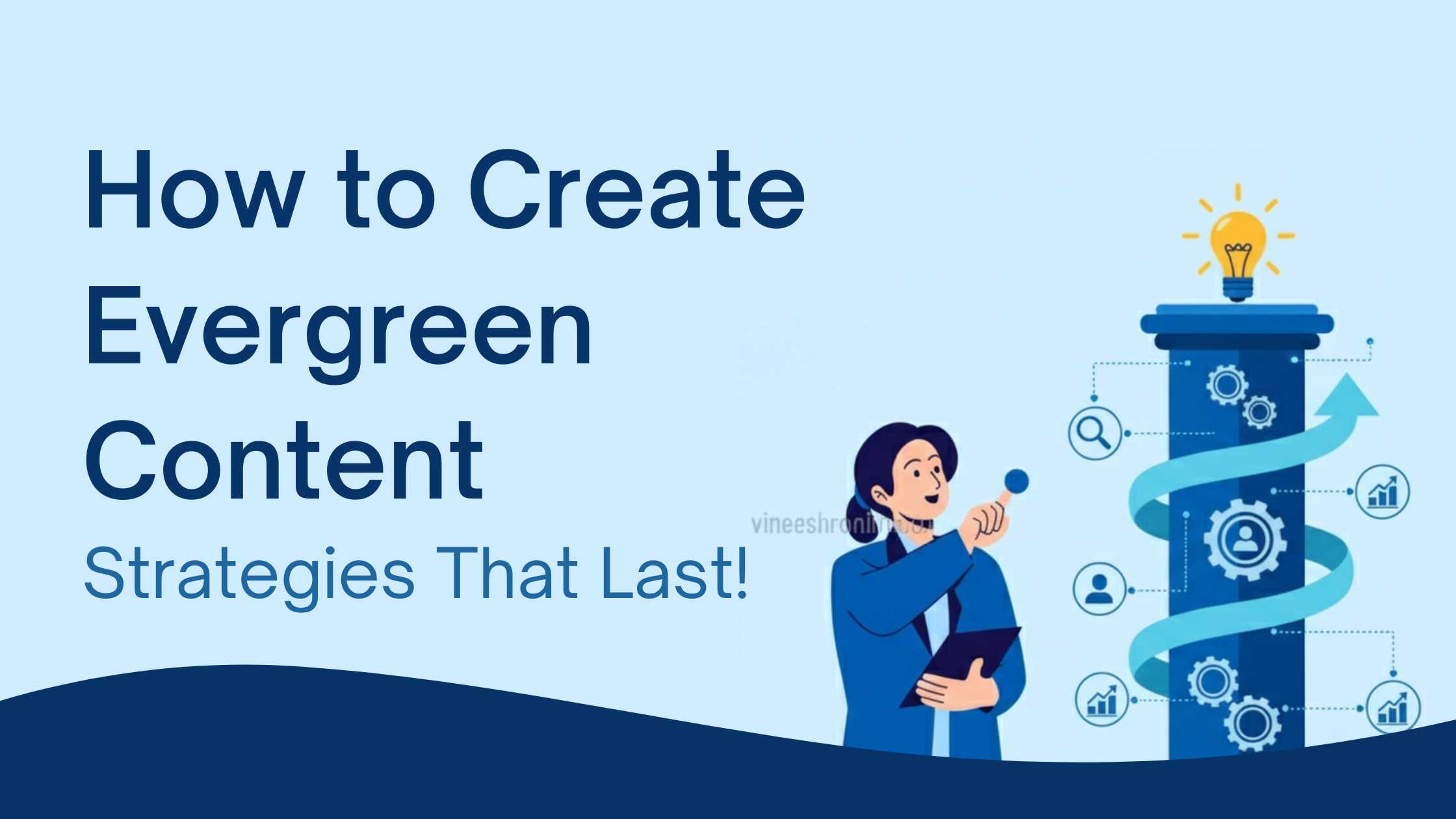SWOT in Digital Marketing: A Comprehensive Exploration
Introduction
In the realm of modern business, digital marketing has emerged as a cornerstone of success, revolutionizing the way companies connect with their target audience. Amid the dynamic and ever-evolving landscape of digital marketing, the SWOT analysis framework presents a potent tool for assessing the internal strengths, weaknesses, external opportunities, and threats that shape an organization’s digital marketing strategies. This essay delves into the intricate tapestry of SWOT analysis as applied to digital marketing, dissecting the facets that empower businesses to navigate this landscape effectively.
Understanding SWOT Analysis in Digital Marketing
SWOT analysis is a strategic planning tool that scrutinizes an organization’s internal and external environment to identify areas of advantage and vulnerability. In the context of digital marketing, SWOT analysis serves as a compass, guiding businesses towards informed decisions that maximize opportunities and mitigate threats. By dissecting the strengths, weaknesses, opportunities, and threats inherent in digital marketing endeavors, businesses can recalibrate their strategies to achieve optimal results.
Strengths in Digital Marketing
Digital marketing thrives on a myriad of strengths that empower organizations to connect, engage, and convert their target audience.
- Global Reach and Targeting: The digital realm breaks geographical barriers, enabling businesses to reach a global audience. Through tools like search engine optimization (SEO) and targeted online advertising, organizations can tailor their messages to specific demographics, ensuring efficient resource allocation.
- Real-Time Engagement: Digital platforms facilitate real-time interactions, allowing businesses to engage with customers instantaneously. Social media, live chats, and comment sections provide avenues for immediate feedback, fostering customer loyalty and relationship-building.
- Data-Driven Insights: The digital landscape generates copious data, offering invaluable insights into consumer behavior and preferences. This data-driven approach empowers organizations to refine strategies, personalize content, and optimize campaigns for superior outcomes.
- Cost-Effectiveness: Compared to traditional marketing methods, digital marketing often proves more cost-effective. Online ads, email campaigns, and social media promotions can reach a broader audience with a smaller budget, leveling the playing field for businesses of all sizes.
- Flexibility and Adaptability: Digital marketing is characterized by its adaptability. Businesses can swiftly adjust strategies based on real-time performance data, ensuring that their efforts remain relevant and effective in the face of evolving trends.
Weaknesses in Digital Marketing
While digital marketing offers an array of advantages, it also presents certain weaknesses that warrant consideration.
- Information Overload: The inundation of digital content can lead to information overload, making it challenging for businesses to stand out amidst the noise and capture their audience’s attention.
- Technological Dependence: Digital marketing requires a certain level of technological infrastructure and expertise. Organizations that lack these resources may struggle to implement effective strategies.
- Privacy Concerns: With the collection of personal data for targeting purposes, businesses must navigate the fine line between personalization and privacy, ensuring compliance with data protection regulations.
Opportunities in Digital Marketing
Digital marketing offers a plethora of opportunities that organizations can harness to drive growth and innovation.
- Emergence of New Platforms: The digital landscape continuously evolves, with new platforms and technologies emerging regularly. Businesses can seize the opportunity to explore these platforms and establish an early presence, gaining a competitive edge.
- Content Diversification: The variety of digital formats—from videos and infographics to podcasts and interactive content—opens avenues for creativity and engagement, catering to diverse audience preferences.
- E-Commerce Expansion: The rise of e-commerce presents businesses with opportunities to create seamless purchasing experiences, personalized recommendations, and convenient payment options, all of which enhance customer satisfaction.
- Personalization and Automation: Advancements in artificial intelligence (AI) and machine learning enable businesses to personalize marketing messages at scale, enhancing customer experiences and driving conversions.
Threats in Digital Marketing
Digital marketing is not without its challenges and threats, which organizations must navigate adeptly.
- Digital Noise: The proliferation of digital content can lead to oversaturation, making it difficult for businesses to capture and maintain their audience’s attention.
- Cybersecurity Risks: As businesses rely on digital platforms, they become susceptible to cyber threats and data breaches, potentially damaging their reputation and eroding customer trust.
- Algorithm Changes: Platforms like social media networks and search engines frequently update their algorithms, affecting the visibility and reach of businesses’ content. These changes can disrupt established strategies and require constant adaptation.
- Increased Competition: The accessibility of digital marketing has lowered entry barriers, leading to increased competition. Businesses must continually innovate to differentiate themselves and maintain a competitive edge.
Conclusion
In the rapidly evolving landscape of digital marketing, the SWOT analysis framework serves as an indispensable compass, guiding businesses toward informed decisions that leverage their strengths, address their weaknesses, exploit opportunities, and mitigate threats. This holistic assessment empowers organizations to calibrate their strategies to achieve optimal outcomes. By understanding and strategically addressing the complexities and nuances encapsulated within the SWOT analysis, businesses can navigate the digital realm with confidence, steering their efforts toward achieving sustainable growth, innovation, and success.



